-
 Bitcoin
Bitcoin $117600
0.25% -
 Ethereum
Ethereum $4424
0.10% -
 XRP
XRP $3.101
0.50% -
 Tether USDt
Tether USDt $1.001
-0.01% -
 BNB
BNB $836.2
1.26% -
 Solana
Solana $188.8
2.11% -
 USDC
USDC $1.000
0.01% -
 Dogecoin
Dogecoin $0.2301
0.57% -
 TRON
TRON $0.3485
-1.00% -
 Cardano
Cardano $0.9209
-1.34% -
 Hyperliquid
Hyperliquid $46.72
-1.19% -
 Chainlink
Chainlink $22.62
4.84% -
 Stellar
Stellar $0.4275
-0.38% -
 Sui
Sui $3.761
1.91% -
 Bitcoin Cash
Bitcoin Cash $586.7
-0.25% -
 Ethena USDe
Ethena USDe $1.001
0.01% -
 Hedera
Hedera $0.2510
2.06% -
 Avalanche
Avalanche $24.21
2.22% -
 Litecoin
Litecoin $119.7
1.07% -
 Toncoin
Toncoin $3.450
1.06% -
 UNUS SED LEO
UNUS SED LEO $9.411
-0.93% -
 Shiba Inu
Shiba Inu $0.00001298
1.20% -
 Uniswap
Uniswap $10.98
3.25% -
 Polkadot
Polkadot $3.961
2.16% -
 Dai
Dai $1.000
0.00% -
 Bitget Token
Bitget Token $4.642
0.95% -
 Cronos
Cronos $0.1514
0.57% -
 Ethena
Ethena $0.7290
3.78% -
 Monero
Monero $254.1
7.69% -
 Pepe
Pepe $0.00001102
2.47%
How to receive Ethereum with Trezor Model T? Where is the address?
To receive Ethereum on your Trezor Model T, connect it, access the Ethereum wallet via Trezor Suite, and share your unique address securely with the sender.
May 09, 2025 at 06:28 am
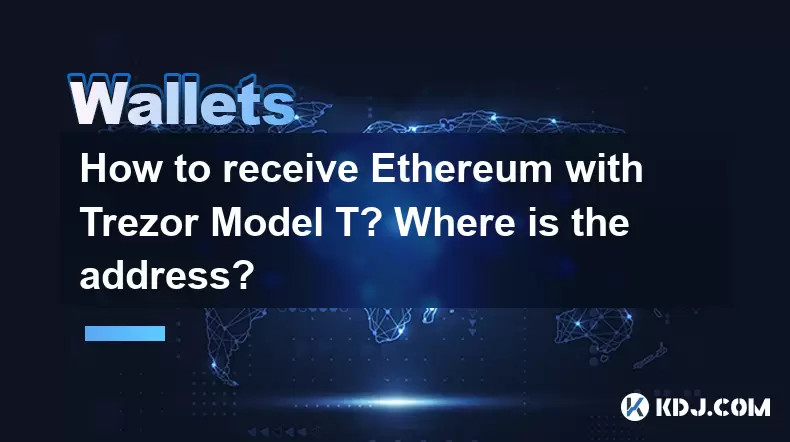
Receiving Ethereum with a Trezor Model T involves a few straightforward steps that ensure your transactions are secure and your private keys are protected. The Trezor Model T is a popular hardware wallet that supports Ethereum and a variety of other cryptocurrencies. Let's explore how you can receive Ethereum on this device and locate your Ethereum address.
Setting Up Your Trezor Model T
Before you can receive Ethereum, you need to set up your Trezor Model T. If you haven't already done so, follow these steps:
- Connect your Trezor Model T to your computer using the USB cable provided.
- Visit the Trezor website and download the Trezor Bridge software, which is necessary for your device to communicate with your computer.
- Install the Trezor Bridge software and follow the on-screen instructions to complete the installation.
- Open the Trezor Suite in your web browser by navigating to the Trezor website and clicking on "Trezor Suite".
- Follow the on-screen prompts to initialize your device, which includes setting up a PIN and generating a recovery seed. Make sure to write down your recovery seed and keep it in a safe place.
Accessing Your Ethereum Wallet
Once your Trezor Model T is set up, you can access your Ethereum wallet through the Trezor Suite:
- Unlock your Trezor Model T by entering your PIN on the device.
- Navigate to the "Dashboard" in the Trezor Suite.
- Click on "Ethereum" from the list of supported cryptocurrencies. If you don't see Ethereum listed, you may need to add it by clicking on "Add Account" and selecting Ethereum from the dropdown menu.
Locating Your Ethereum Address
Your Ethereum address is crucial for receiving Ethereum. Here's how to find it:
- In the Trezor Suite, after selecting Ethereum, you will be taken to the Ethereum account page.
- Your Ethereum address will be displayed prominently on this page. It starts with "0x" and is followed by a string of alphanumeric characters.
- You can also click on "Receive" to see your Ethereum address and generate a QR code for easy sharing.
Receiving Ethereum
To receive Ethereum, you need to share your Ethereum address with the sender. Here's how to do it safely:
- Copy your Ethereum address from the Trezor Suite by clicking on the copy icon next to the address.
- Share your Ethereum address with the sender through a secure method, such as encrypted messaging or in-person communication. Never share your address on public forums or social media.
- Once the sender has sent the Ethereum, you can check the transaction status in the Trezor Suite by clicking on "Transactions" on the Ethereum account page.
Verifying the Transaction
After the sender has initiated the transaction, you can verify that the Ethereum has been received:
- Refresh the Trezor Suite to see the updated balance of your Ethereum account.
- Check the transaction details by clicking on the transaction in the "Transactions" tab. You will see the amount, the sender's address, and the transaction status.
- Confirm that the transaction has been confirmed on the Ethereum blockchain, which may take a few minutes to an hour depending on network congestion.
Ensuring Security
Security is paramount when dealing with cryptocurrencies. Here are some tips to keep your Ethereum safe:
- Always use the Trezor Model T to manage your Ethereum transactions, as it keeps your private keys offline and secure.
- Regularly update your Trezor Model T firmware to protect against potential vulnerabilities.
- Never share your recovery seed with anyone or store it digitally. Keep it in a secure, physical location.
- Be cautious of phishing attempts and only enter your PIN on the Trezor Model T device itself, not on any website or application.
Frequently Asked Questions
Q: Can I use my Trezor Model T to receive other ERC-20 tokens?
A: Yes, the Trezor Model T supports a wide range of ERC-20 tokens. You can add these tokens to your Ethereum account in the Trezor Suite by clicking on "Add Token" and selecting the token you want to receive.
Q: What should I do if I accidentally send Ethereum to the wrong address?
A: Unfortunately, transactions on the Ethereum blockchain are irreversible. If you send Ethereum to the wrong address, it is generally not possible to recover the funds. Always double-check the recipient's address before sending.
Q: How can I ensure that my Ethereum address remains private?
A: To keep your Ethereum address private, avoid sharing it publicly. Use secure communication methods to share your address with trusted individuals. Additionally, consider generating a new address for each transaction to enhance your privacy.
Q: Can I receive Ethereum on my Trezor Model T if it's not connected to the internet?
A: No, you need to connect your Trezor Model T to the internet to receive Ethereum. The device needs to communicate with the Ethereum blockchain to process and confirm transactions. However, your private keys remain secure and offline on the device itself.
Disclaimer:info@kdj.com
The information provided is not trading advice. kdj.com does not assume any responsibility for any investments made based on the information provided in this article. Cryptocurrencies are highly volatile and it is highly recommended that you invest with caution after thorough research!
If you believe that the content used on this website infringes your copyright, please contact us immediately (info@kdj.com) and we will delete it promptly.
- Kazakhstan's Crypto Leap: Bitcoin ETF and Central Asia's Digital Finance Future
- 2025-08-13 12:45:19
- BlockDAG Presale Blazes Past $371M: Fundraising Frenzy Fuels Crypto Sensation
- 2025-08-13 13:05:21
- Meme Coins: Chasing the 2025 Surge – Which Will Moonshot?
- 2025-08-13 10:25:23
- Bitcoin's Wild Ride: Rally, Pullback, and What's Next
- 2025-08-13 10:25:23
- Bitcoin, Bitmax, and Institutional Demand: A New Era of Crypto Investment
- 2025-08-13 10:45:12
- Solana, ROAM, and Airdrops: What's the Buzz in 2025?
- 2025-08-13 11:35:13
Related knowledge
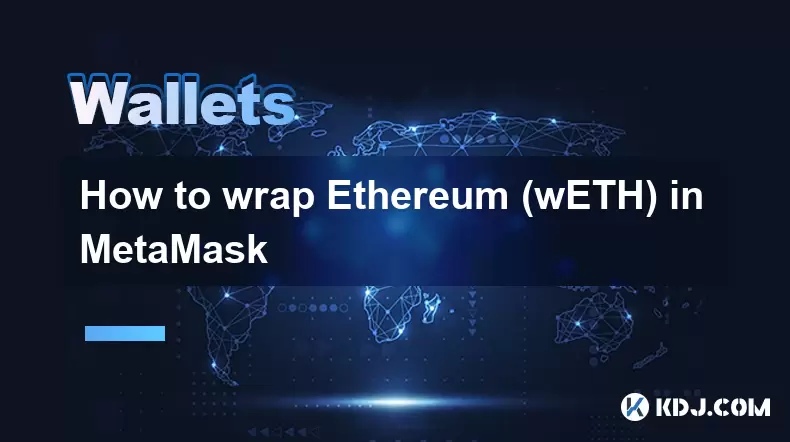
How to wrap Ethereum (wETH) in MetaMask
Aug 13,2025 at 11:36am
Understanding Wrapped Ethereum (wETH)Wrapped Ethereum (wETH) is a tokenized version of native Ethereum (ETH) that conforms to the ERC-20 standard, ena...

How to manage your portfolio in Exodus wallet
Aug 08,2025 at 10:07pm
Understanding the Exodus Wallet InterfaceThe Exodus wallet is a non-custodial cryptocurrency wallet that supports a wide range of digital assets. When...
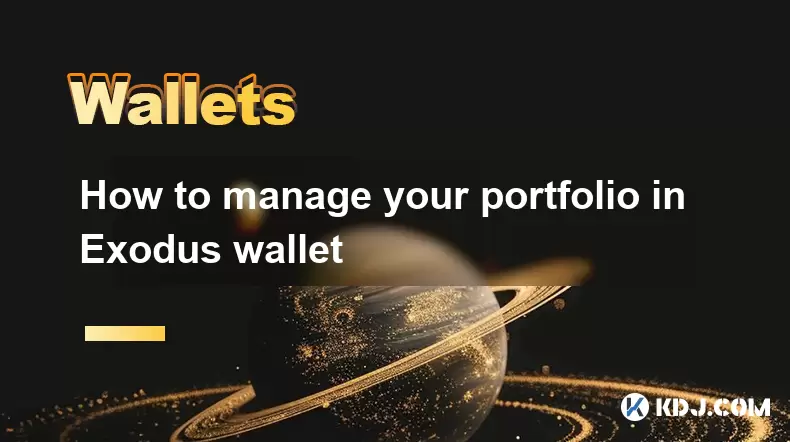
How to manage your portfolio in Exodus wallet
Aug 13,2025 at 11:35am
Understanding the Exodus Wallet InterfaceThe Exodus wallet is a non-custodial cryptocurrency wallet that supports a wide range of digital assets. Upon...

How to reset your MetaMask password
Aug 08,2025 at 01:28pm
Understanding the MetaMask Password Reset ProcessMany users confuse the MetaMask password with the seed phrase or private key, but they serve differen...
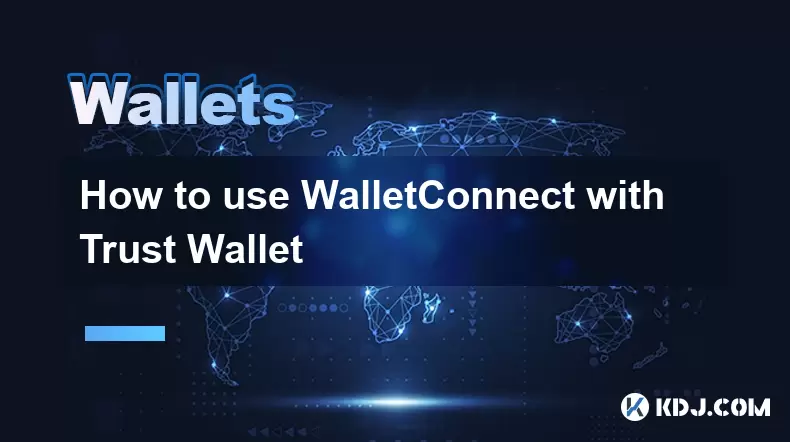
How to use WalletConnect with Trust Wallet
Aug 13,2025 at 01:07am
What Is WalletConnect and Why It Matters for Trust Wallet UsersWalletConnect is an open-source protocol that enables secure communication between dece...
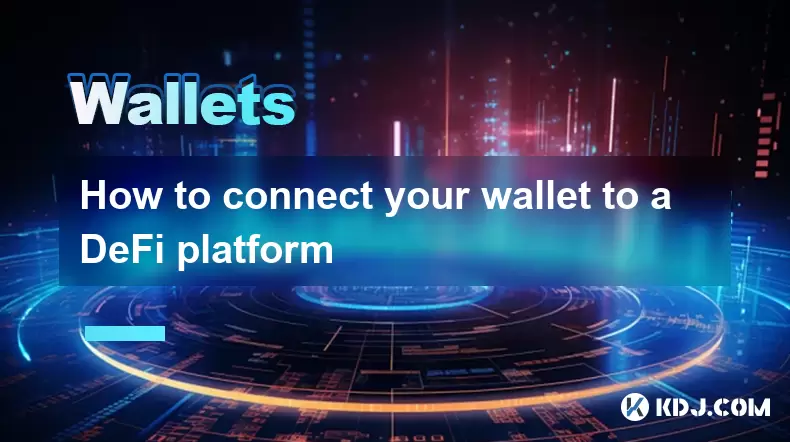
How to connect your wallet to a DeFi platform
Aug 13,2025 at 11:36am
Understanding Wallet Compatibility with DeFi PlatformsBefore connecting your wallet to any DeFi platform, it's essential to ensure your wallet is comp...

How to wrap Ethereum (wETH) in MetaMask
Aug 13,2025 at 11:36am
Understanding Wrapped Ethereum (wETH)Wrapped Ethereum (wETH) is a tokenized version of native Ethereum (ETH) that conforms to the ERC-20 standard, ena...

How to manage your portfolio in Exodus wallet
Aug 08,2025 at 10:07pm
Understanding the Exodus Wallet InterfaceThe Exodus wallet is a non-custodial cryptocurrency wallet that supports a wide range of digital assets. When...

How to manage your portfolio in Exodus wallet
Aug 13,2025 at 11:35am
Understanding the Exodus Wallet InterfaceThe Exodus wallet is a non-custodial cryptocurrency wallet that supports a wide range of digital assets. Upon...

How to reset your MetaMask password
Aug 08,2025 at 01:28pm
Understanding the MetaMask Password Reset ProcessMany users confuse the MetaMask password with the seed phrase or private key, but they serve differen...

How to use WalletConnect with Trust Wallet
Aug 13,2025 at 01:07am
What Is WalletConnect and Why It Matters for Trust Wallet UsersWalletConnect is an open-source protocol that enables secure communication between dece...

How to connect your wallet to a DeFi platform
Aug 13,2025 at 11:36am
Understanding Wallet Compatibility with DeFi PlatformsBefore connecting your wallet to any DeFi platform, it's essential to ensure your wallet is comp...
See all articles

























































































